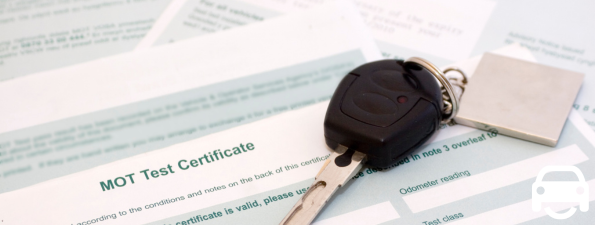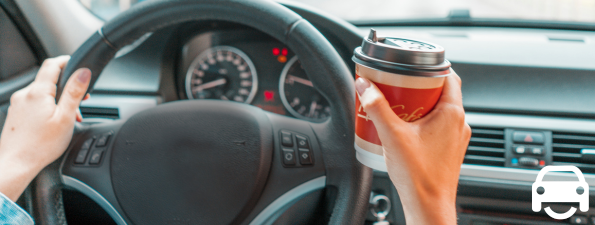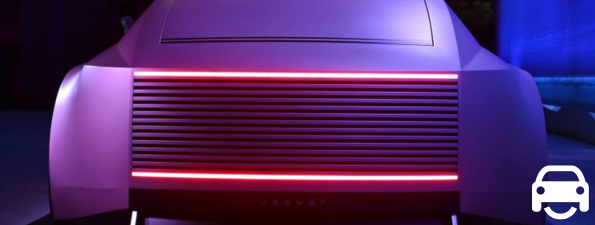Can you drive in the UK with an EU licence
You can legally drive in the UK with an EU driving licence, but there are some particular EU driving licence UK rules and restrictions to be aware of.
Read moreWhat Is an MOT and Why Do Cars Fail?
An MOT test is a legal annual check required for most cars in the UK once they’re three years old. Set by the Driver and Vehicle Standards Agency (DVSA)
Read moreAnother Coffee? Why Too Much Caffeine Could Cost You More Than a Latte
It feels harmless - a quick caffeine hit to keep you alert. But what if that extra shot actually makes you a risk on the road?
Read moreDriving into 2026 - smarter motoring, better protected
As we come to the end of 2025, our CEO Duncan McClure Fisher takes a look at the ever evolving world of motoring, as we the numbers that keep driving MotorEasy
Read morePremium Brands Dominate List of Least Reliable Cars
Eight out of ten lowest-ranked models come from luxury manufacturers
Read moreTop 15 Cars Coming in 2026
These are the Top 15 new cars and pick-ups set to arrive in 2026
Read moreUnderstanding Types of GAP Insurance
Discover the different types of GAP insurance explained, including Return to Invoice, Vehicle Replacement and Contract Hire, so you can choose the right cover.
Read more






